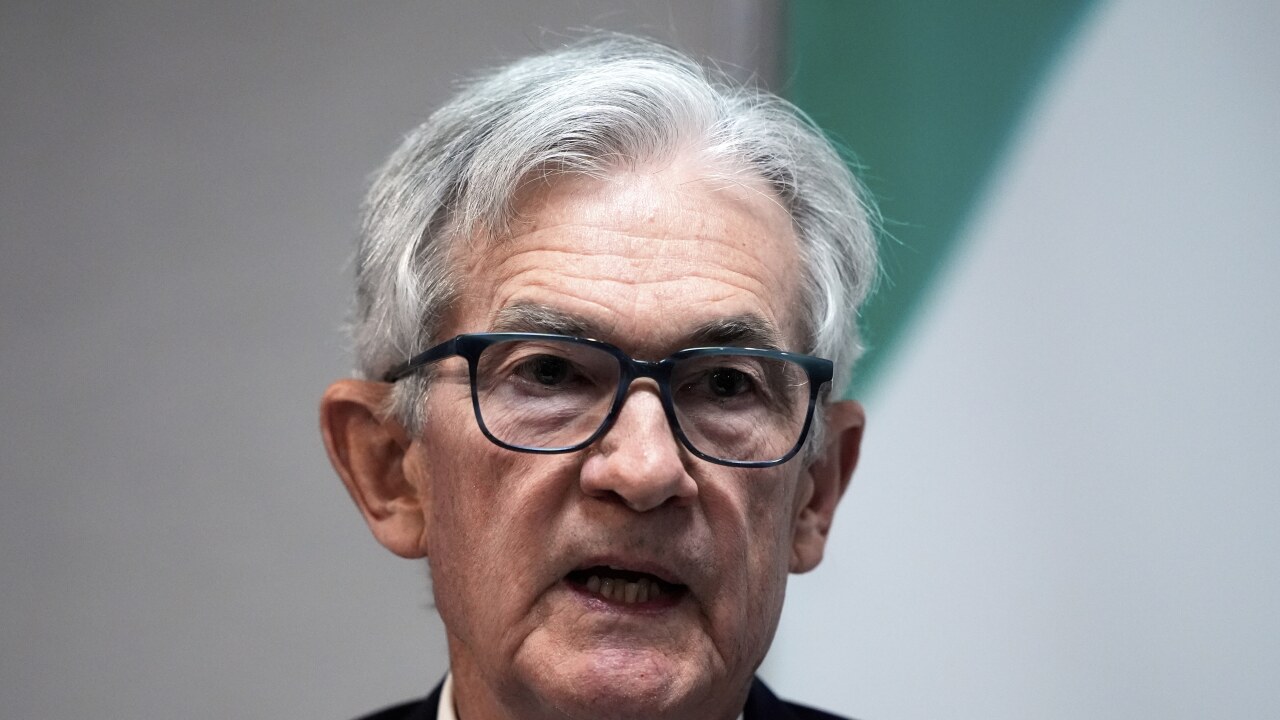The Federal Open Market Committee of the Federal Reserve voted Wednesday to cut the federal funds interest rate, marking the first time since December 2024 the Fed has adjusted rates.
Although mortgage rates are not directly tied to the federal funds rate, the move is expected to make mortgages and other personal loans less expensive.
The federal funds rate is the interest rate banks charge each other for overnight loans. The Federal Reserve sets a target range for that rate.
That range was lowered by 0.25 percentage points on Wednesday.
Federal Reserve Chair Jerome Powell also released guidance indicating that the Federal Reserve is projecting to lower interest rates two additional times by the end of 2025.
The Fed’s meeting came as a court rejected former President Donald Trump’s bid to remove Commissioner Lisa Cook from the board after he accused her of mortgage fraud. Cook voted in favor of the rate drop.
It also followed the Senate’s confirmation of former Trump administration economic adviser Stephen Miran to the board.
Miran officially joined the board on Tuesday. He was the only member to oppose a 0.25 percentage point drop. He voted for the Fed to lower interest rates by 0.50 percentage points.
Trump has openly criticized the Fed for not lowering rates in 2025, while Chair Jerome Powell has voiced concern over elevated inflation.
Before this week's meetings, Powell cited a softening job market as a reason the Fed might cut rates, noting that lowering interest rates can spur job growth but also risk higher inflation.
After annual inflation surged to 9% in 2022, the Fed implemented its highest interest rates in two decades, aided by low unemployment and strong job creation.
Recent data show hiring in the U.S. is slowing while inflation remains above the Fed’s 2% target.
Powell has also warned that inflation could rise as new tariffs on imported goods take effect. Still, with weaker job numbers, he said “the balance of risks appears to be shifting” between employment and price stability.
Powell does not have sole authority to raise or lower rates. At the Fed’s July meeting — when members voted to hold rates steady — two members dissented, the first time in 30 years that two opposing votes were cast on the same decision.





